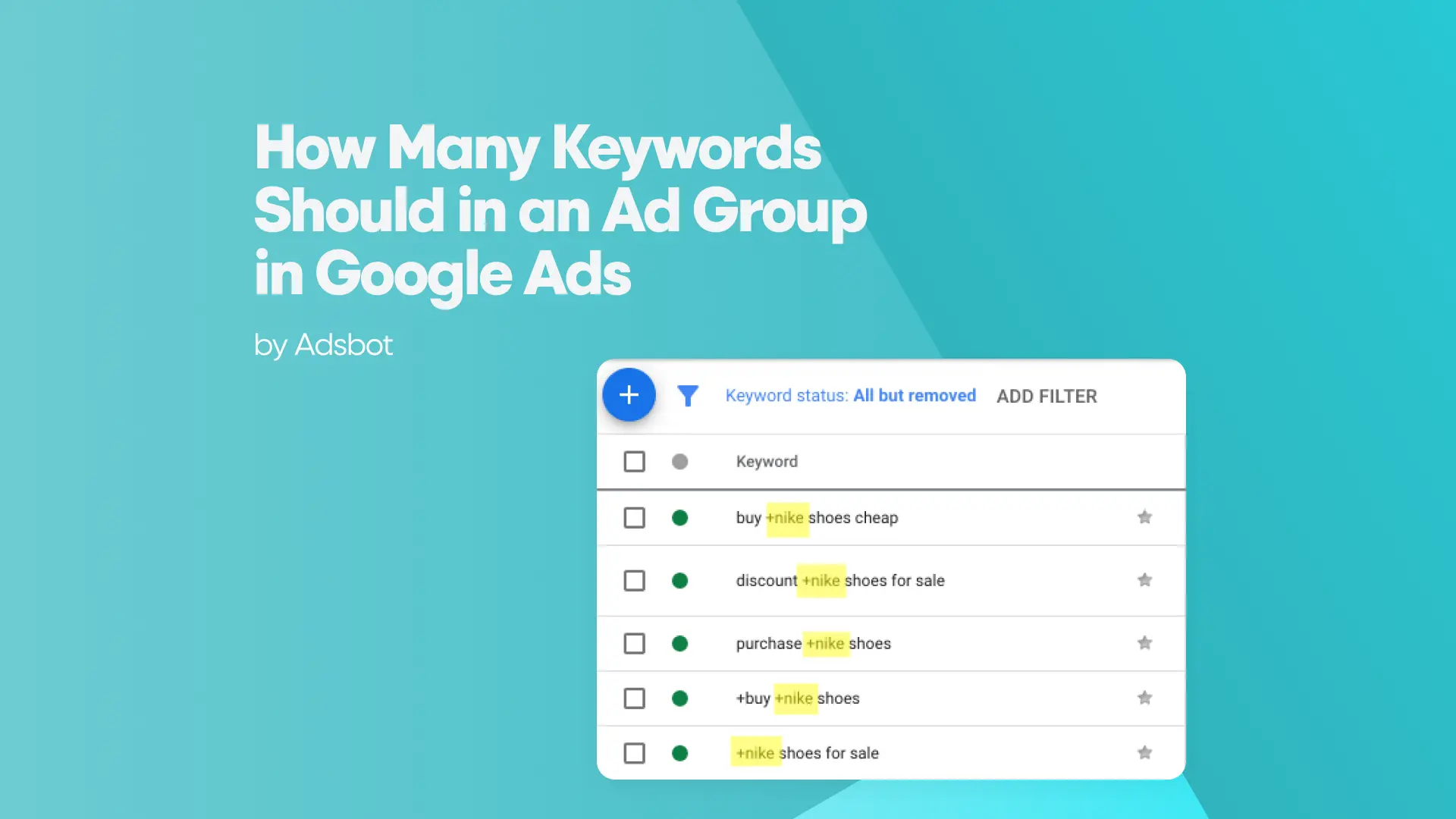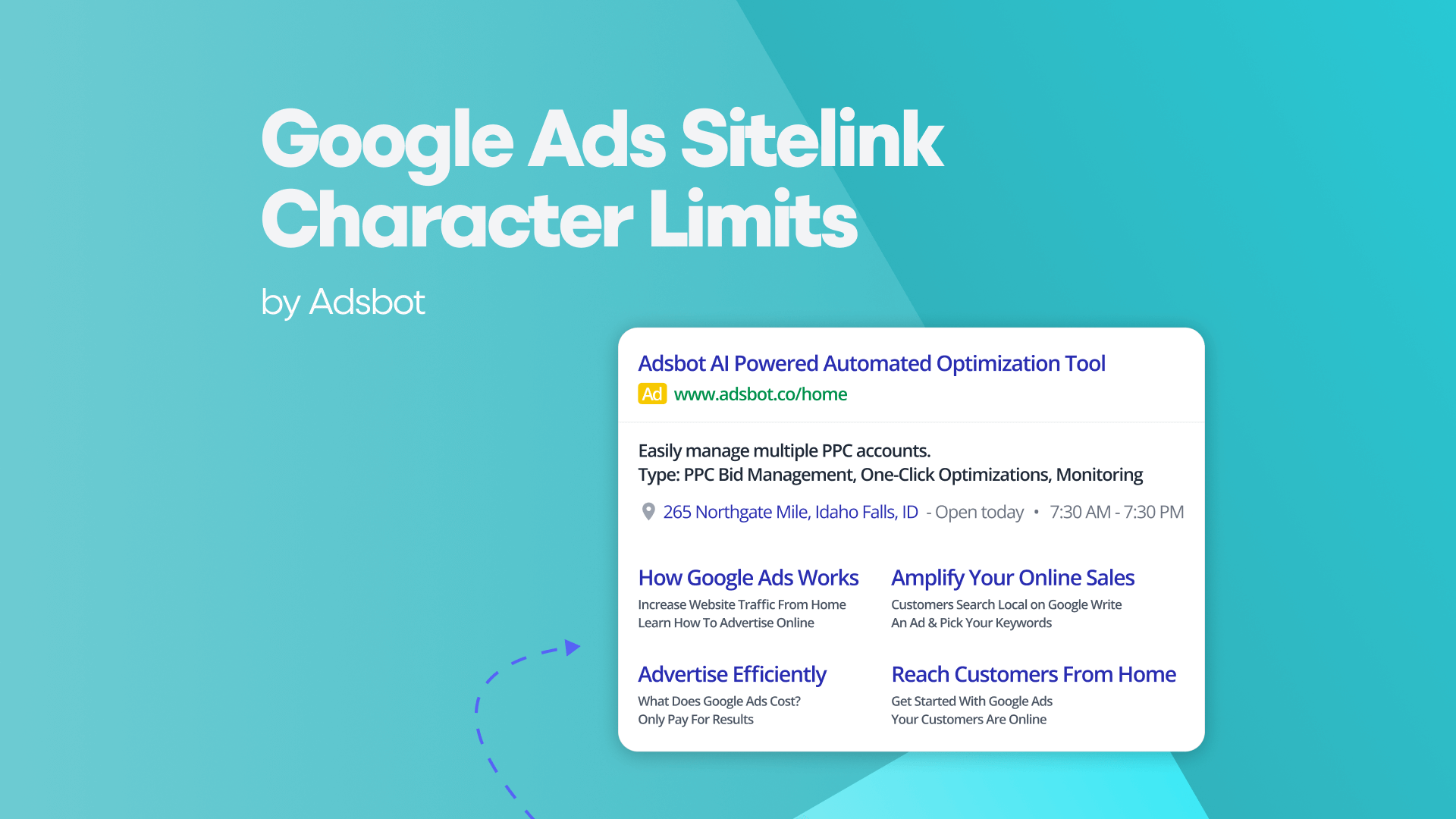In the vast expanse of the internet, businesses are always looking for methods to increase their exposure since attention is a valuable resource. Leading the charge in this digital revolution is Search Engine Marketing (SEM), a potent tactic that has become essential for companies navigating the online space. In this extensive article, we set out to explore the nuances of search engine marketing (SEM), exploring its definition, use, and deep relevance in the ever-changing realm of online advertising.
Search Engine Marketing: What Is It?
A potent digital marketing tactic called Search Engine Marketing (SEM) is used to raise a website’s exposure in search engine results pages (SERPs). Search Engine Marketing (SEM) employs paid advertising to get prominent placement in search results, in contrast to Search Engine Optimization (SEO), which concentrates on organic ways to enhance ranks. It includes a variety of strategies, the main one being paid search advertising.
Fundamentally, SEM functions as a dynamic conduit connecting companies with prospective clients. It depends on when people actively participate in search queries related to a company’s goods or services and when tailored SEM ads are presented to them in a timely manner. Businesses may accurately interact with their audience when they convey purpose through their search activities thanks to this personalized strategy.
What Is the Process of Search Engine Marketing?
- Keyword Research: A thorough investigation into the field of keyword research is the first step in the launch of any SEM campaign. In this case, companies set out to find not just any keywords, but highly performing and relevant ones as well. These keywords work as the pivot point, creating a crucial link between companies and prospective clients who are actively looking for information about their goods or services.
The procedure entails figuring out the target audience‘s language, interpreting their search keywords, and identifying the terms that most successfully connect with them. Businesses lay the groundwork for a strategic bridge that crosses the digital world with this foundation of keywords.
- Ad development: Businesses enter the world of ad creation armed with a carefully selected list of keywords. This goes beyond simply putting words and images together; it’s an artistic endeavor in which gripping stories are created to grab readers’ interest, deliver important information, and persuade them to click through to the website.
An SEM campaign’s effectiveness is greatly dependent on its ad creatives, which include eye-catching headlines, educational descriptions, and visually attractive images. They speak for the company, striking a chord with the audience and enticing them to go further. Effective SEM advertising goes beyond mere visibility; it ensures that the brand is remembered and resonates with the target audience.
- Bid administration: In the complex realm of search engine marketing, the adventure continues with crafting effective advertisements and includes the fine art of bid management. Companies bid on the keywords found during the research phase in a real-time auction. The amount bid and the quality and relevancy of the advertisement work together to determine where it appears in the Search Engine Results Pages (SERPs).
Successful bid management is similar to a fine balancing act in which companies try to find the ideal balance between visibility and cost. It entails bid optimization to guarantee that the advertisement shows up prominently in search results, enhancing visibility without going over budget.
- Ad Placement: After the auction is well managed, the groundwork is in place for the tactical execution of ad placement. On the SERPs, ads are placed deliberately to appear either above or below the organic search results. Assuring that the advertisements are not only visible but also highly visible to visitors who are actively looking for information linked to the specified keywords is the obvious objective.
Placement is a deliberate strategy to swerve the user’s trip with pertinent offers and information, not an accidental decision. The probability of getting clicks and, eventually, conversions increases with the ad’s position.
- Click-Through and Conversion: A single click does not mark the end of the journey that SEM starts. Users who find the ads resonant with their search queries are likely to embark on the next step – clicking through to the website. The real success comes in this shift from click to website interaction.
When a click is converted into a meaningful consumer contact, it becomes the center of attention. This communication might take the shape of a purchase, a completed form, or any other desired action that is in line with the goals of the company. It’s important to direct that traffic into interactions that provide real value rather than merely increasing it.
Why is SEM Important?
- Instant Visibility:
SEM provides instant visibility, in contrast to SEO efforts that have a delayed impact. Advertisers may almost instantly place their adverts at the top of search results after starting a campaign. This is especially helpful for new items, sales, or limited-time deals.
- Targeted Advertising:
SEM in marketing enables companies to connect with a very particular and focused audience. Businesses make sure that people who are actively looking for their products or services see their advertising by carefully choosing relevant keywords. The possibility of drawing in qualified leads is increased by this degree of targeted advertising.
- Measurable Results:
One of the standout features of SEM is its measurable results. Businesses may monitor the real-time campaign performance using a variety of analytics tools. Metrics like ROI, click-through rates, and conversion rates offer insightful data that facilitates continual improvement and well-informed decision-making.
- Flexibility and Adaptability:
SEM enables companies to remain flexible as the digital world changes constantly. Based on current market conditions and trends, campaigns, keywords, and budgets may all be changed. This adaptability and flexibility ensure that businesses remain competitive in the fast-paced online environment.
- Brand Awareness and Credibility:
Having a consistent online presence via SEM helps build brand awareness. Consumers have a tendency to trust companies that rank well in search results because they are perceived as credible. For companies, this means long-term brand loyalty in addition to quick conversions.
It is clear as we wade through the murky waters of Search Engine Marketing (SEM) that this dynamic force is not only a marketing tactic but rather is reshaping the digital environment. Starting with keyword research and ending with instant exposure and quantifiable outcomes, search engine marketing (SEM) is a complex instrument that gives companies the ability to effectively and strategically engage with their target audience. The search engine marketing power lies in its ability to provide businesses with measurable results and refined strategies. Conducting a Google Ads competitor analysis is essential for identifying opportunities and refining strategies. Understanding search engine marketing (SEM) is not just a decision for companies looking to succeed in the ever-changing landscape of online marketing, but it is also a strategic need in a world where engagement and visibility are the keys to success
Popular Posts
-
How Many Keywords Should Be In an Ad Group in Google Ads?
Ever wondered if your Google Ads campaigns are packed with…
Read more -
Google Ads Script for Dummies: An Introduction
Imagine you have an e-commerce website that sells licensed superhero…
Read more -
Google Ads Sitelink Character Limits
Your Google Ads are cutting off in the middle of…
Read more -
What Is Conversion Value in Google Ads?
What if you could put a price tag on every…
Read more
Register for our Free 14-day Trial now!
No credit card required, cancel anytime.





